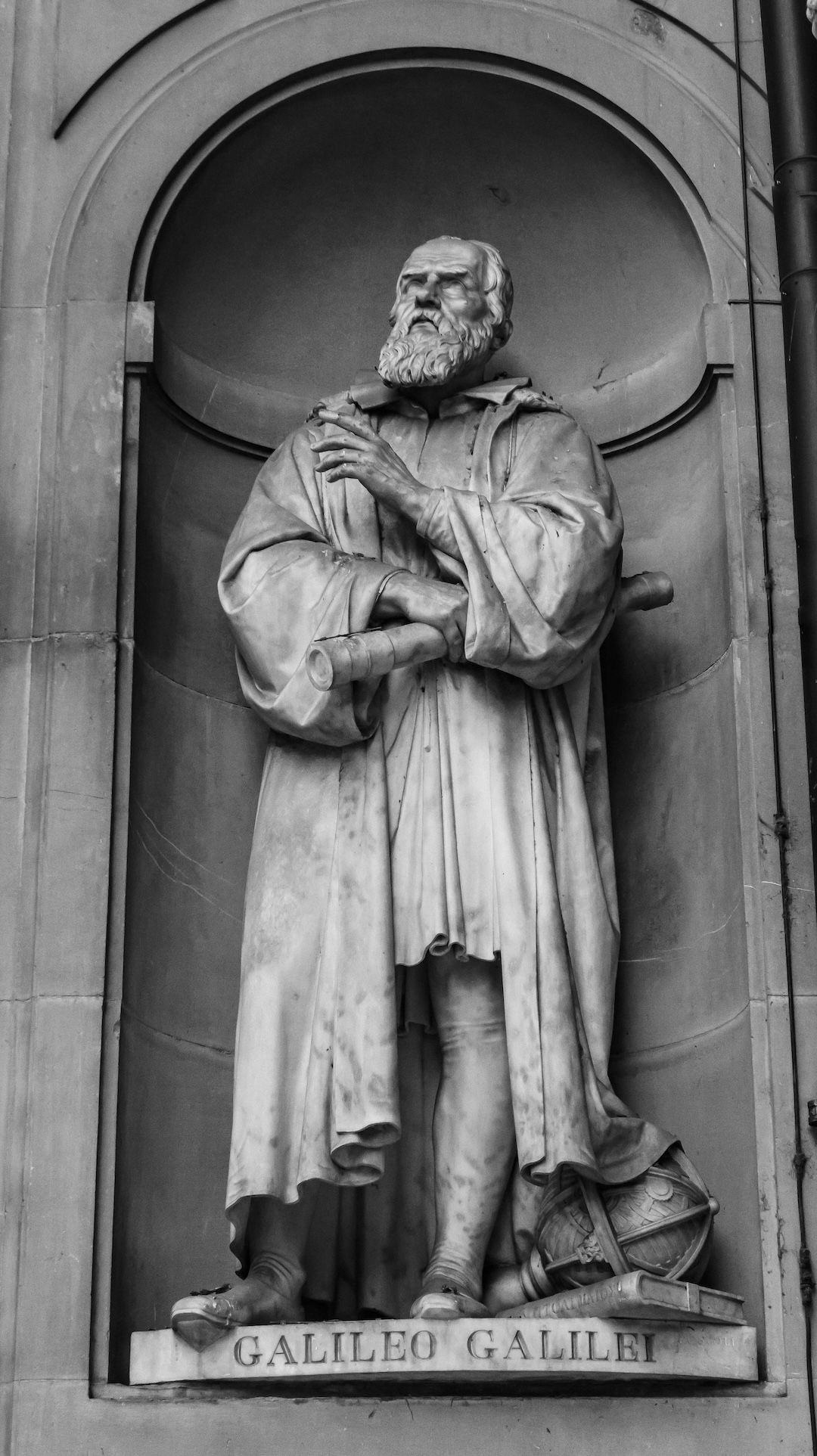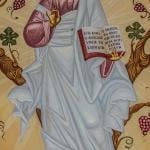Scientists do science and theologians do theology, right? Galileo was one who broke the mold. His controversy of promoting the Copernican theory that the earth orbited the sun rocked the Church world. At the same time, he helped revolutionize the way Churchmen would look at the Bible. The Inquisition accused him of dismissing Aristotelian astronomy; yet he actually ended up teaching them a few things about theology.
Avoiding Literalism
In 1615, Galileo was working on a treatise explaining tidal movement caused by the rotation of the earth. Galileo looked to one of the theologians from the Inquisition, Benito Pereira, as a model for Biblical interpretation for Galileo. This Spanish Jesuit allowed to interpret the Bible in different ways.
Galileo advocated against a literalistic interpretation of Scripture. A literalistic interpretation would oblige us to think of God as having literal hands and feet. He would literally get angry and emotional. Galileo argued that we should look to the meaning of the various passages that use these images. Then, we should decipher the intention of what they were meant to communicate to their original audience. To do this accurately, we must remember that the original audience was a simple ancient people. We can take a ‘figurative’ literal understanding, or a ‘simple’ literal understanding of a passage. This is the difference between understanding “God’s right hand” as a physical appendage versus referring to the power of God.
Galileo argued that some phrases from the Bible, in a literal simple interpretation, would be false taking into account the natural sciences. This is the statement that got him in trouble with the Inquisition, although they most likely misunderstood his affirmation. Between 1613 and 1615, he modified some of his own affirmations so as not to exclude the Bible from making statements about the natural sciences. Rather, he stated that the Bible is principally concerned with salvation.
Cardinal Bellarmine, representing the Pope and the Congregation of the Index at the time, seemed mostly concerned with maintaining the authority of the Church and less concerned with refining principles of Scriptural interpretation. He and Galileo seemed to agree on the relationship between science and scripture, just as they did about the Aristotelian prerequisites for scientific knowledge.
Decree of 1616
In the Decree of 1616, Cardinal Bellarmine made a move to condemn the Copernican theory because he did not think that it corresponded to physical reality, but like the Ptolemaic theory, tried to save the appearances. The Ptolemaic system helped to explain certain phenomena of the night sky without giving a truly scientific reason why they happened. The theologians involved took a literalist reading of Sacred Scripture and did not trust the evidence that Galileo provided. Admittedly, his tools were deficient and his arguments unconvincing. Still, they failed to see the autonomous nature of the physical sciences.
Further, they reflected the maxim that “nature does nothing in vain.” We do not assume that any planet that exists has intelligent life. This was, however, the prevailing view of the day. This would raise serious doubts about original sin, redemption, and other theological truths. If other planets existed and were inhabited, how would those creatures fit into the theology of salvation?
Galileo modified his writings after the condemnation of Copernican theory in 1616, focusing less on new scientific discoveries and more on improving his rhetoric. Church authorities resented his delving into theological issues and the decree of 1616 set the scene for another clash between Galileo and Church authorities down the road.

Galileo’s Trial of 1633
Unfortunately, the Inquisition put Galileo on trial in 1633 for heresy. The Decree of 1616 created the necessary conditions for the persecution that Galileo would face later in life. His desire to stay within the Church led to him humbly accepting the conclusions laid out by the Churchmen. It would take over 350 years for him to be vindicated in the eyes of the Church.
The world learned the result in 1992, 350 years after Galileo’s death. Poupard’s conclusion adopted the analysis developed under the committee’s aegis by the German Jesuit Walter Brandmüller. It surprised unsophisticated people. Brandmüller and Poupard reduced the collision between the cardinals and Galileo to a no-fault accident. Galileo had proceeded correctly along the difficult road of scriptural exegesis; the cardinals had negotiated with equal expertise the equally difficult road of epistemology. Yes, the theologians knew more about the nature of science than Galileo, who mistakenly thought he had proved Copernican theory, and Galileo knew more about the business of theology than the theologians, who mistakenly took scripture as a guide to natural science. This counterintuitive and even comic formulation raised Galileo’s hermeneutics almost to the level of Urban’s medicine. The pope accepted it (John Heilbron, Galileo, p. 363).
Galileo’s case is often seen as emblematic of the supposed contradiction between faith and science. However, I would argue it is a major testament to the unity of truth and the absolute necessity to understand propositions before condemning them. Galileo had been perhaps too free in some of his scientific assertions, just as some Churchmen of the time were too literalistic in their interpretation of Scripture. With the hindsight available to us today, it is easy to see there could have been a very different handling of the situation. Yet, we can now also be very grateful to one of the fathers of modern science for his contribution to scriptural interpretation.
Subscribe to the newsletter to never miss an article.












